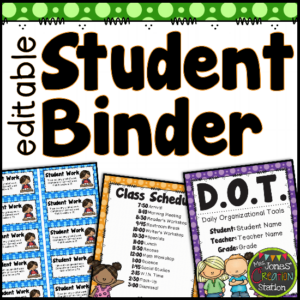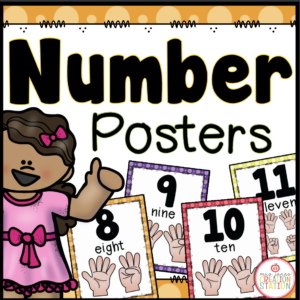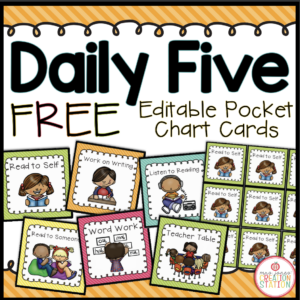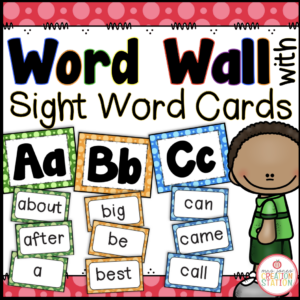Menu
UPDATED FOR 2022-2023
This resource can be used during your circle time or calendar in a Preschool, Pre-K or Kindergarten classroom for the month of September.
The calendars have editable fields throughout to help meet the specific needs of your learners.
August Songs
Use these welcome, months, days of the week, weather, and focus songs during August Calendar time. Print two to a page or project on a screen.
August Focus
Post the focus letters (Alphabet Chant/Song on a ring or poster board), number line (1 through 10), and carpet rules to introduce and review during the month of August.
August Calendar
Includes an August title, editable year, and date cards with an ABAB pattern. Yesterday, today, tomorrow, holiday, birthday, and special day inserts are also included.
August Workpages
Print and laminate these pages. Have learners trace the dates on the August calendar, complete the All About Today page daily and review the Calendar Focus page.
Counting to 10
Practice counting to 10. Cut, tape, or glue and laminate as a single strip.
Right or Wrong?
Teach your learners the appropriate behavior for calendar time or sitting on the carpet for whole group instruction. Have children model choices that show they are ready to learn. Use this pocket chart activity to sort the choices together.
WEBSITE | FACEBOOK | INSTAGRAM | PINTEREST | TEACHERS PAY TEACHERS
© Mrs. Jones’ Creation Station, Inc
How can I see what is new in the MJCS store?
Be the first to know about new discounts, freebies, and new products. You can also subscribe to our newsletter to receive access to resources only available to MJCS subscribers, as well as, special offers and ideas!
How can I get credit for my TpT purchases?
Go to your account button at the top of the page. Under the “Buy” section, click “My Purchases “. Beside each purchase you’ll see a Provide Feedback button. Simply click the button and you will be taken to a page where you can give a quick rating and leave a comment for the product. Each time you give feedback, TpT gives you feedback credits that you use to lower the cost of your future purchases. Please leave detailed feedback for each resource, so we are able to create better resources for teachers and students.
How can I find a certain activity in a large PDF file?
If the resource you purchase has a variety of activities compiled into one PDF find the table of contents and click on the activity title. This should take you to that specific activity in the resource.
What can I do if I have a question about a resource?
If you have any questions regarded a resource before purchasing please email me at mrsjonescreationstation[at]gmail.com. Once you have purchased the resource you may use the “Product Q and A” tab on the product page to ask a question, as well.
How do I know if a resource has been updated?
Go to your account button at the top of the page. Under the “Buy” section, click “My Purchases “. Choose to “sort by: recently updated” to see what resources have been updated since you downloaded them last. You can download any updates from there. If a file has been updated, you will see a notification under the resource that says “Newly Updated – Download for Free!”
This item is a paid product created by Mrs. Jones’ Creation Station, Inc. Copying any part of this product, redistributing, selling or placing it on the internet in any form is strictly forbidden and is a violation of the Digital Millennium Copyright Act (DMCA). Thank you for respecting our work!
YES, YOU CAN…
NO, YOU CAN’T…
Click here for a detailed post with step-by-step directions.
You will need to download fonts specified in the resource and install it on your computer before downloading the editable file.
Install the most recent version of Adobe Reader onto your computer. If you have any problems editing, viewing or printing a file make sure your Adobe Reader is updated.
Now you can download the file to your computer. Once the file has downloaded open in Adobe Reader. You should be able to view the editable fields and the text should match the product description. If you have any problems editing the file, make sure you have followed the directions above and then contact me at mrsjonescreationstation[at]gmail.com




